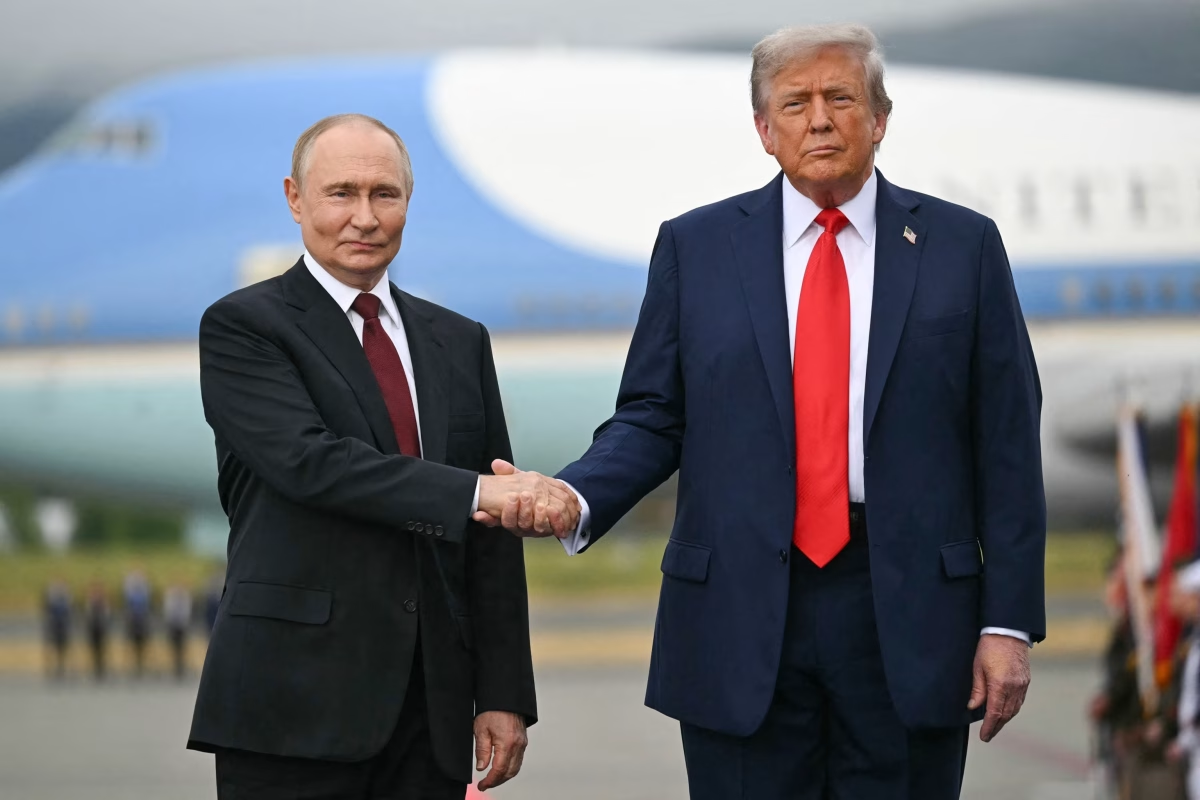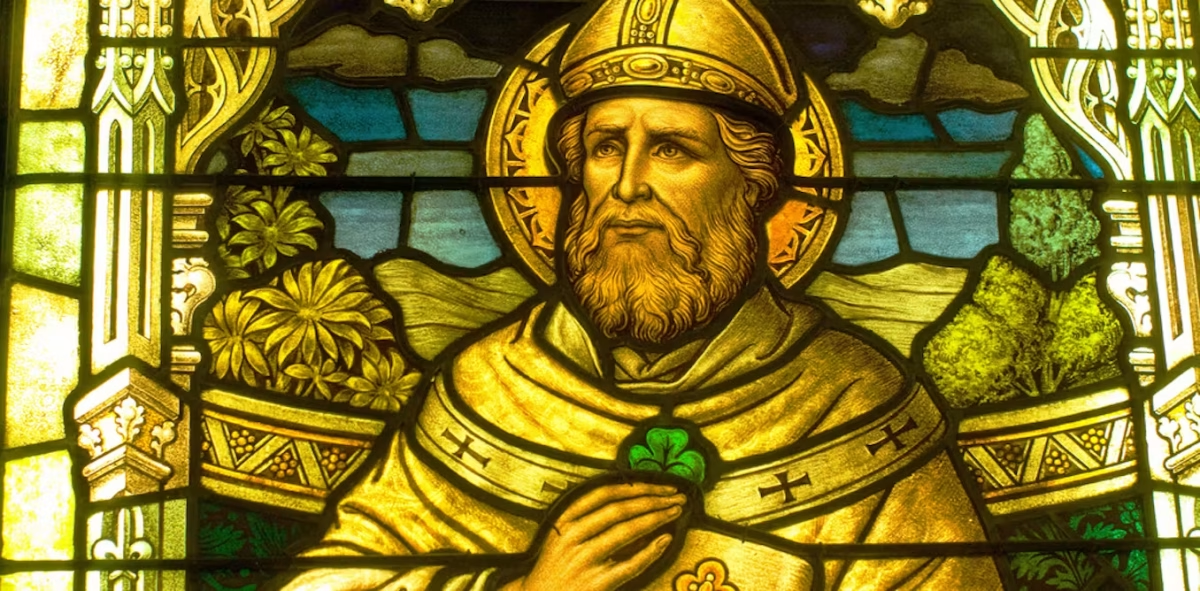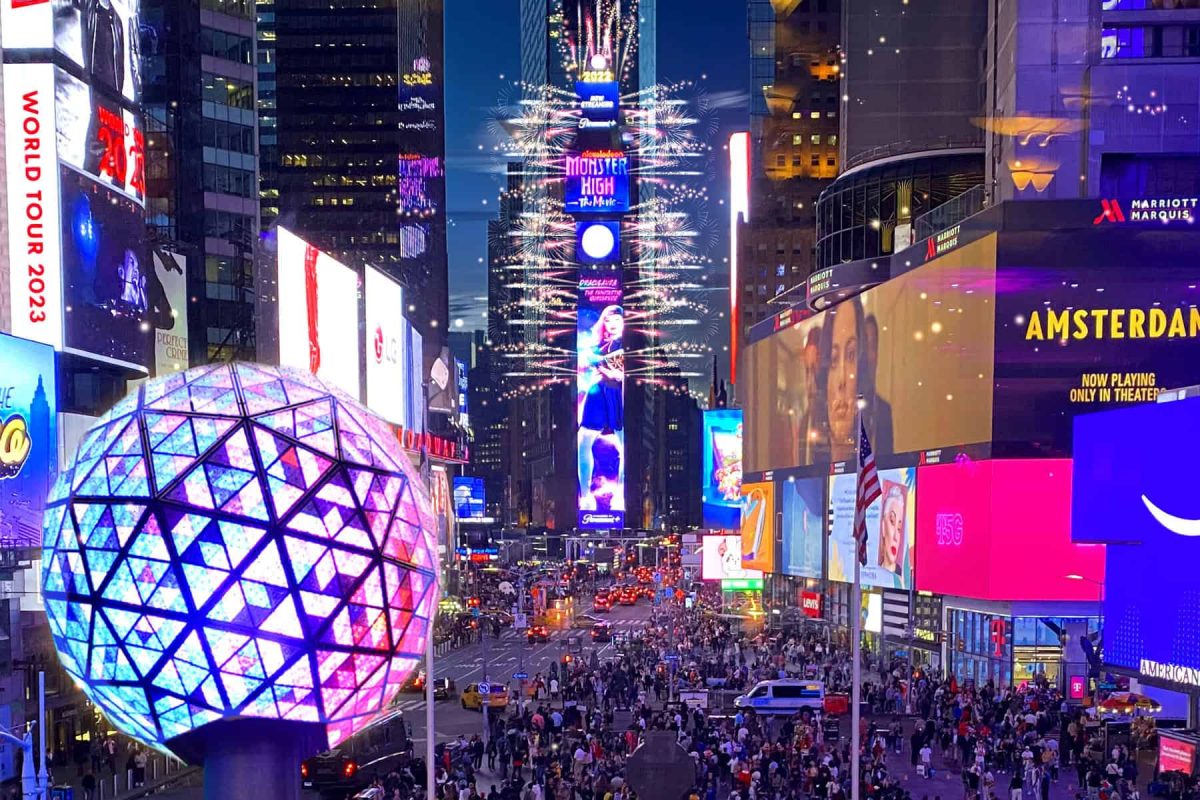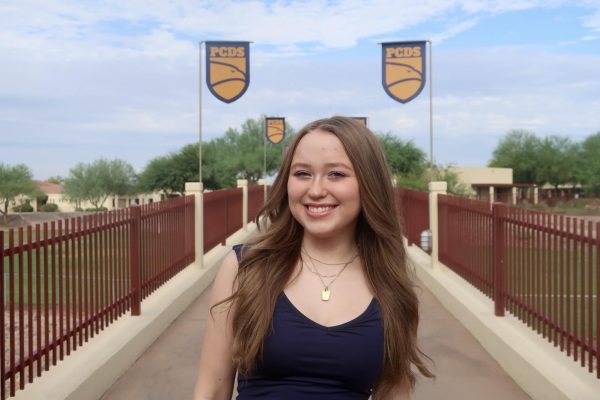This Easter Monday, April 21, the Bishop of Rome, Pope Francis, passed away at the age of 88, due to a cerebral stroke followed by cardiac arrest, after a long struggle with declining health. Catholics around the world, along with global leaders, are mourning his death and honoring his lasting impact on the religious community–flags are being flown at half-mast, bells are rung throughout Rome and in cities across the world, and more. Over 200,000 mourners attended his funeral Mass, held in St. Peter’s Basilica (Vatican City) on Saturday, April 26, followed by a private burial ceremony at the Basilica of St. Mary Major in Rome, making Pope Francis the first pope in over a century to be buried outside the Vatican. The Vatican has declared a 9-day mourning period, called “Novendiali”, during which daily Masses will be held in his memory.
Pope Francis, born Jorge Mario Bergoglio on December 17, 1936, in Buenos Aires, Argentina, studied chemistry and earned a chemical technician’s diploma before hearing his call to religious life. At the age of 21, a serious lung infection prompted

him to rethink his life–he later described the experience as a “profound spiritual awakening”. He then decided to pursue the priesthood, joining the Society of Jesus (the Jesuits)–a group known for their commitment to education, missionary work, and social justice. Francis was officially ordained a priest in 1969, establishing the values of humility, intellectual rigor, and service to the poor that would eventually shape his leadership style as pope.
Over the following years, he became ‘Provincial Superior’ of the Jesuits in Argentina and, later, Archbishop of Buenos Aires, placing him in charge of Argentina’s largest and most influential diocese. In 2001, he was created a cardinal by Pope John Paul II, joining a group of fewer than 200 and making him officially eligible for the papacy. He was elected pope on March 13, 2013, following Pope Benedict XVI’s resignation—the first papal resignation in roughly 600 years.
During his time as Pope, Francis pushed themes of humility, compassion, environmental stewardship, and care for the marginalized. Known for his simple lifestyle, calls for reform within the Church, and outreach to other faiths, he won the hearts of countless people worldwide, including numerous non-Catholics. His lasting impact included publishing incredible documents like Laudato Si’ on the environment (calling climate change a moral issue, saying that caring for the environment is part of our duty to care for the poor and vulnerable) and Fratelli Tutti on human fraternity (focused on promoting global brotherhood, kindness, and solidarity across races, religions, and nations and speaking against division, nationalism, and hatred). He also oversaw the first steps toward reforming the Vatican bureaucracy to make departments more transparent, merge offices, improve financial accountability, and emphasize service over politics. These reforms aimed to make the central government more honest, humble, and focused on its mission rather than power. As the first pope from the Americas and the first Jesuit pope, he broke centuries of tradition and managed to reshape the Catholic Church’s global image.

Now, after his passing, the Vatican enters a period called “Sede Vacante”, meaning the seat of the pope is vacant. The College of Cardinals–senior leaders and advisers to the pope–will gather in Rome to begin preparations for the conclave, a secret voting process held inside the Sistine Chapel. Only cardinals under the age of 80 are eligible to vote for the next pope, of which there are currently 135, 108 having been appointed by Pope Francis himself. After each round of voting, the ballots are burned; black smoke signals no decision, while white smoke signals that a new pope has been chosen. A two-thirds majority vote is needed to call the election. As soon as white smoke appears, the bells at St. Peter’s Basilica ring to confirm the good news. Once elected, the new pope will choose an official ‘papal name’ and be introduced from the balcony of St. Peter’s Basilica to crowds of tens of thousands of people with the traditional words, “Habemus Papam”, meaning “We have a pope”.








